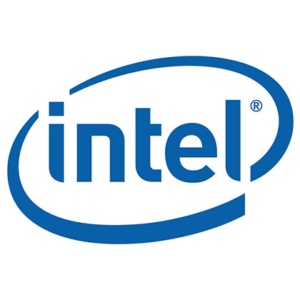Intel Government Stake Talks and Day Trading Implications
The Trump administration is reportedly considering a 10% equity stake in Intel (INTC), which would convert billions in CHIPS Act funding into ownership. The proposal underscores Washington’s deepening involvement in semiconductor policy and injects new volatility into one of America’s most storied tech companies.
The discussions follow a dramatic month in which President Trump openly criticized Intel’s CEO Lip-Bu Tan over his business ties to China, even calling for his resignation. Tan met with Trump at the White House last week, where the equity stake idea was discussed. Shares of Intel fell nearly 3% on the news, paring gains after a modest rebound.
The White House has been unusually active in shaping corporate outcomes. Recent interventions include a deal with Nvidia and AMD to remit 15% of China chip revenues to the government in exchange for export licenses, and a “golden share” arrangement in Nippon Steel’s takeover of U.S. Steel. A stake in Intel would mark a continuation of this direct industrial policy, with semiconductors at the center of national security concerns.
Implications for Day Traders
For intraday traders, Intel now trades as a policy-sensitive ticker. Market-moving catalysts are as likely to come from Washington as from Santa Clara. Comments from Trump, Commerce officials, or congressional leaders could drive abrupt moves in INTC and the broader semiconductor sector.
- Headline volatility: Expect sharp swings on any updates about deal structure, CHIPS Act milestones, or Tan’s leadership status.
- Dilution vs. backstop: An equity swap implies dilution—bearish in the short term—yet government ownership could be viewed as a financial safety net, lending long-term stability.
- Sector sympathy: Monitor ETF flows in SMH and SOXX, as well as peer moves in NVDA, AMD, and TSM, which frequently respond to U.S. policy shifts.
- Tape dynamics: News-driven spikes will challenge discipline. Using VWAP pivots, opening range markers, and bracket orders with hard stops is essential.
Trading Playbook
- Pre-market prep: Track overnight gaps and news timestamps; algorithmic traders will hit INTC instantly on headline wires.
- Opening range focus: Respect the first 15–30 minutes; false breakouts are common during political news cycles.
- Size control: Reduce position sizing to account for binary risk around unconfirmed rumors and halts.
- Sympathy setups: Sometimes NVDA, AMD, or SMH offer cleaner intraday opportunities than INTC itself when headlines hit.
Bottom Line
Intel’s potential 10% government stake cements its role as both a technology bellwether and a political football. For day traders, this means elevated risk, faster news-driven swings, and the need for disciplined execution. Treat Intel less like a traditional semiconductor play and more like a headline-sensitive trade vehicle—one where patience, position sizing, and skepticism can spell the difference between profit and costly whipsaws.

